This week in ETC we finished up our revised Rapunzel prototypes. Please follow the link below to see your child’s Flipgrid on their prototype and hear their reflection on the design process. We are so proud of each and every one of the kids for working so hard through this process. Their revised prototypes improved drastically from their original creations. Awesome work!
Link: flipgrid.com/rrkpi9h
This week in 6th science, we started our new unit on chemistry, specifically matter. Students were posed the question, “How can I smell things from a distance?”. To begin to investigate this question, we started by discussing mass and what mass is. Students were then asked to figure out if air has mass. To solve this, students were given balloons. They measured the weight of the balloon before blowing air in it, and then measured the balloon again after it was blown up. All students noticed that they weight of the balloon increased after it had air in it, which allowed us to conclude that air has mass. Moving forward, we will begin to dive deeper into mass and volume. This will help guide us to answer our driving question of our unit. Stay tuned for more!
Stay warm!
This week in ETC, 5th and 6th graders focused on making revisions to their Rapunzel prototypes using the feedback they got from their peers, as well as from conferencing. One of the things we discussed this week was not making changes just to make them. Rather, there needs to be a reason or a “why” behind each change. To really make the students think deep about this with their groups the kids went through each change they were planning to make and wrote about why they were making that change. This was extremely helpful when they started to make their revisions because all of the changes they made were intentional and purposeful.
We have been so impressed with each groups growth through this process. While working on their revisions in the makers space we often heard kids saying things like, “yes! This is going to work so much better this time” or “This makes so much more sense now” or “I can’t wait to test my new design”. These comments are exactly what we hoped to hear. We are so proud of each and every one of the kids and we can’t wait to see them test their new designs!
Have a wonderful weekend!
Gev. McAdams and Gev. Noorlander
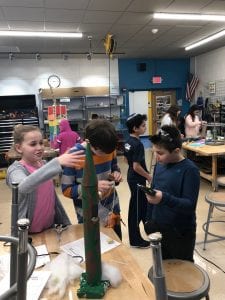

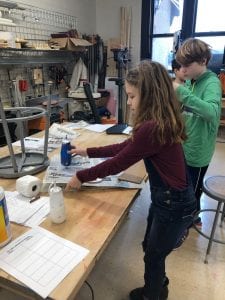
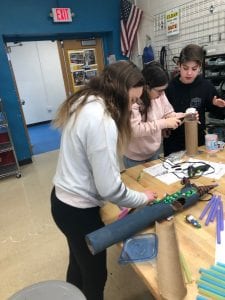
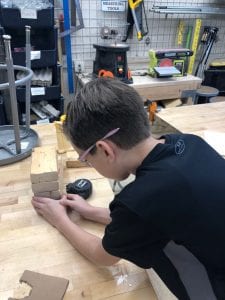
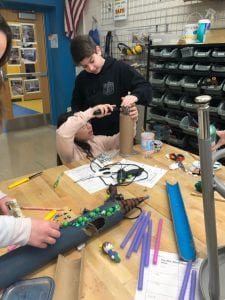
This week in 5th math we spent the first part of each class participating in a math talk where we looked at four different numbers and had to figure out ways each number didn’t belong. The kids had amazing thoughts that they were able to justify and explain to the rest of the class. Today, we began to create our own “which number doesn’t belong” posters that will be posted in the hallway for other students to try and solve. An example of a Which Number Doesn’t Belong activity is posted below. Ask your child about it and discuss how many different ways you can find for a number not to belong this weekend!
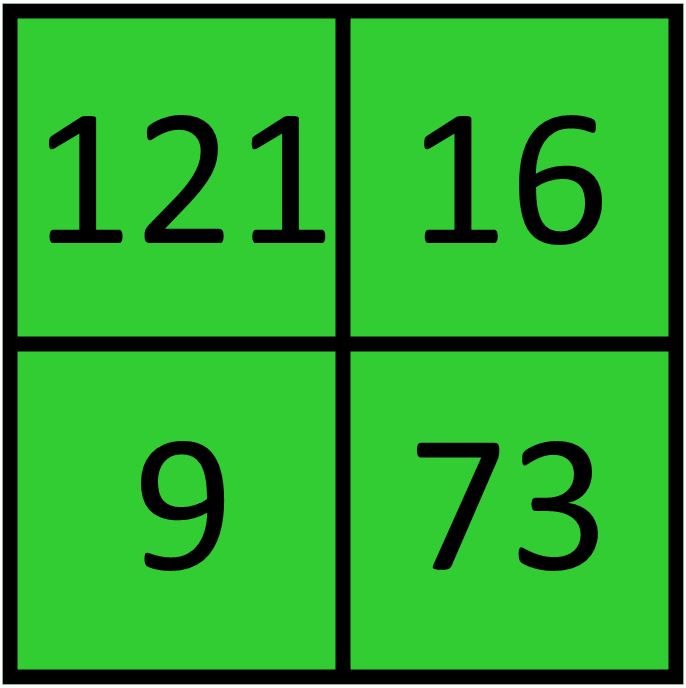
This week in 5th science, we prepared for our brain-check by each creating our own Kahoots to quiz the rest of the class on. Students used the study guide to create questions to help the other students prepare and study. This activity helped the students prepare because it required them to go through their notes and textbook to create the questions, thus allowing them to review and study as they created. They then were able to participate in another review when they got the opportunity to play each other’s Kahoots. As we take more assessments throughout the year we will continue to focus on different study strategies so students have a “toolbox” of strategies to use as they continue to go through school.
This week in 6th grade science, students finished up their unit on what can cause populations to change. Throughout the unit our main focus was figuring out and understanding why the sea lamprey caused a decline in the trout population. Students each wrote their own scientific explanation based off of this using a claim, evidence, and reasoning. Since this was our first time writing a scientific explanation this year, we went through many revisions until each student was proud of their piece. Watching your kids learn and grow through each revision of their scientific explanations was amazing to see. I am so proud of what they created. Stay tuned to see their final pieces published on their blogs!






